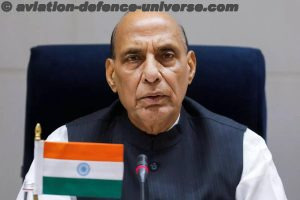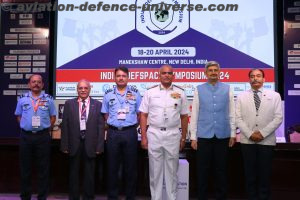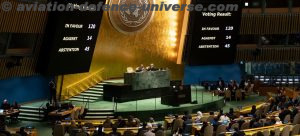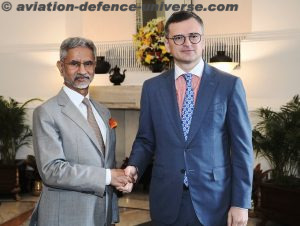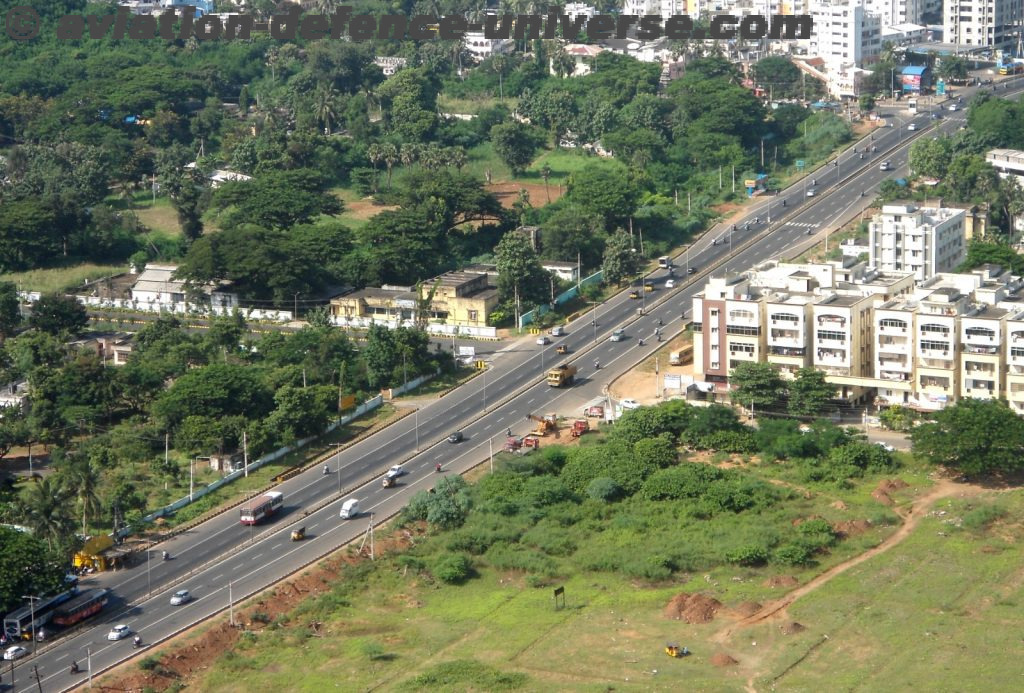- Turns 56 amidst laurels and brickbats
By Brig.VK Atray & Sangeeta Saxena.
07 May, 2016. When Border Roads Organisation (BRO) recently submitted a Rs 9,000 crore proposal to the Centre for construction of a road tunnel in Jammu and Kashmir to connect Gurez town along the Line of Control to the rest of the Valley throughout the year, it really stemmed up a feeling of pride on the road builders of the nation. If approved, it will be longest road tunnel in the country and almost double the size of the present record holder Chenani-Nashri tunnel of 9.2 km.
The present geo-political scenario of India where on one hand China is flexing its strategic muscles and on the other hand Pakistan gritting its jihadi teeth, the borders need to be not only secure but also have state-of-the-art infrastructure facilities.
Taken aback by the lack of progress on China border roads and lack of funds made available to the Border Roads Organisation (BRO), the Parliamentary Standing Committee on Defence strongly stated that “any cut made to the BRO would directly affect the security of the Nation”. The standing committee, headed by BJP MP Major General (retd) BC Khanduri, informed that only 21 of the 73 strategic Indo-China border roads have been completed so far. All these roads were to be completed by 2012. As per BRO’s revised schedule, it will complete six roads by 2016, eight by 2017, 12 by 2018, eight by 2019, and the last eight by 2020.
The nineteenth report of the parliamentary standing committee noted that in FY 2014-15, BRO projected a demand of Rs 4,000 crore but the allocation made was Rs 3,223.49 crore, which was further reduced to Rs 2,819 crore at the final allotment stage. In FY 2015-16, BRO projected for an allocation of Rs 4,056 crore but the ministry again made a reduction and provided only Rs 3,030.57 crore. This year, at BE 2016-17 stage, BRO had projected a demand of Rs 5,044 crore but a cut of Rs 1,968.27 crore was made during allocation.
And amidst the debate of more and not any more, Border Roads Organisation (BRO) is celebrating its 56th Anniversary today, on the cusp of a transformative leap forward. It has resolved to renew its efforts to meet challenges of productivity, quality and economy of effort in the financial year 2015-16, BRO has fully utilized the allocated GS Budget. It has requested MoD for higher budget during the current financial year.
Since its inception, BRO has grown, both in strength and capability. As a strategic national asset and a premier construction agency, the organisation has played a pivotal role in developing critical road infrastructure in border states and difficult areas as well as India’s immediate neighbourhood. By improving connectivity to states, particularly in the north and north-eastern region, the Organisation has fulfilled many aspirations of the local populations.
The BRO was formed on 7 May 1960 to secure India’s borders and develop infrastructure in remote areas of the north and North-East states of the country. In order to ensure coordination and expeditious execution of projects, the Government of India set up the Border Roads Development Board (BRDB) with the Prime Minister as Chairman of the Board and Defence Minister as Deputy Chairman.
Currently the board exercises the financial and other powers of a Department of Government of India and is chaired by the Raksha Rajya Mantri (RRM). Among others, Chief(s) of Army and Air Staff, Engineer-in-Chief, DGBR, FA(DS) are members of the BRDB. The Secretary of the Board exercises the powers of Joint Secretary to the Government of India. The executive head of the GREF is the DGBR who holds the rank of Lieutenant General. In a bid to boost border connectivity, the Border Roads Organisation has been entirely brought under the Ministry of Defence. Earlier it received funds from the Ministry of Road Transport and Highways.
The Defence Ministry also informed the committee that it has taken up a case with the finance ministry “for providing budget to BRO without imposing a ceiling on RE/BE demand, as the construction of strategic roads are like acquisition for defence preparedness, therefore providing Defence Budget for meeting road infrastructure requirement of Indian Army should be considered on similar lines”.
Out of the 73 stretches as strategic Indo-China Border Roads (ICBR), 27 (measuring 1,791.96 km) are in Arunachal Pradesh and are being taken up by the Border Roads Organisation (BRO). There is general approval from the Ministry of Environment & Forest (MoEF) for diversion of forest land for BRO construction in areas that are within 100 km of the Line of Actual Control (LAC).
The government has also allowed outsourcing in order to build the BRO’s capacity. BRO executives have been given “enhanced” financial and administrative powers. Also, the Central government has approved a Long-Term Roll-On Work Plan (LTROWP) and a Long-Term Equipment Plan (LTEP).
BRO recently connected the remotest village of Arunachal to the rest of the country. Tame Chung Chung, in the Upper Subanisiri district of Arunachal Pradesh is located near the frontier with Tibet and has remained cut off from the rest of the country for several decades now. The road comes under Project Arunank, run by the Army in five districts of Arunachal Pradesh: Upper Subansiri, Lower Subansiri, Kurung Kumey, Kra Daadi and Papum Pare. Project Arunank has a vital role to play in the socio-economic development of Arunachal Pradesh, through the development of strategic roads and a robust communication system. The Project’s focus is on ensuring accessibility to such remote corners of India.
The daredevils slog day and night in subzero temperatures and in conditions almost beyond human endurance to keep Changla and Khardungla open throughout the year and keep the hostile border in constant touch and vigil. Opening of Zojila, Rohtang, Baralachala and Tanglangla much ahead of schedule are testimony to the tireless and dauntless efforts of the BRO. It is only due to efforts of the BRO that Ladakh, higher reaches of Himachal, the Kashmir Valley and the dizzy heights of the North East are connected to the rest of the country. The highest fatality rate in the Indian Army is not in its infantry battalions, or in fighting. It is in a force which is least spoken about and bears the maximum brunt for giving connectivity to sensitive border areas.




